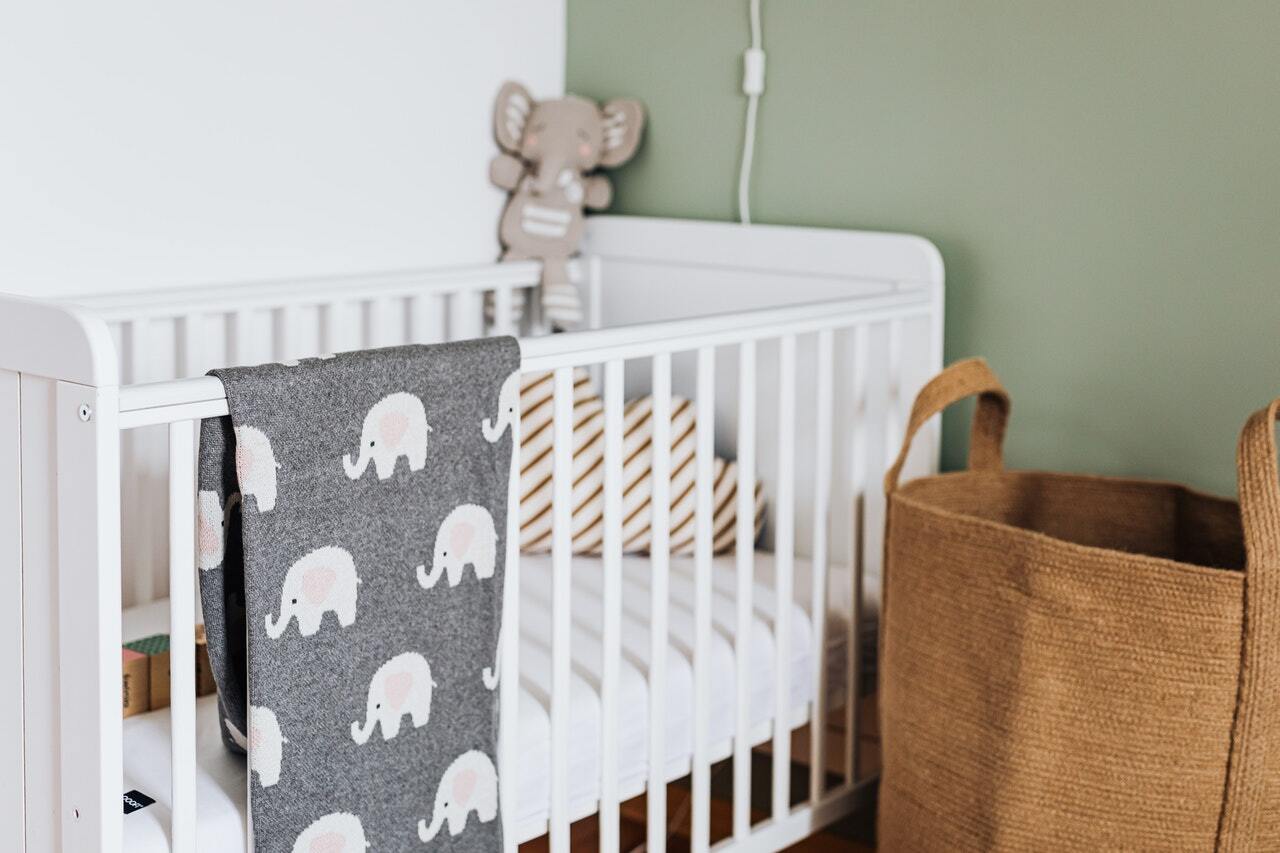CBT Can Lead You to Better Mental Health | Trillium Counselling
Have you ever been really upset and had someone tell you to “just calm down”? If so, you know how unhelpful it is to try to change how you feel. Especially when you’re struggling with intense emotions. Feelings are, by nature, difficult to control during stressful moments. Because it generally doesn’t help to try to force yourself to change your mood. People can feel helpless and overwhelmed by their emotions.
However, you aren’t helpless when it comes to dealing with emotions. Cognitive Behavioural Therapy (CBT) focuses on how our thoughts and actions affect emotions. This approach can help you find a path to better mental health. Here’s a look at how that works.
Emotions impact how we think and act
People often feel out of control when they’re dealing with intense and distressing emotions. And that can cause a self-feeding cycle. For example, intense fear leads to racing thoughts, leading you to cancel your plans and isolate yourself from other people, in an attempt to comfort yourself.
If the fear that caused that cascade of events is unusual for you, and staying home helps you recover a sense of equilibrium, that’s great. But if the fear returns, it’s easy to fall into a pattern where you feel anxious, can’t shut down the spiraling thoughts, and so you close yourself away from the people who care about you. Each time that emotion comes up again, all those thoughts come back, and facing people seems even more difficult, since you couldn’t do it last time.
Focusing on the emotions makes this scenario seem helpless. The feelings show up, and the thoughts and actions follow. CBT takes this reality and turns it around. Directly changing how we feel may not work, but we can make different choices about what we think and do.
How we think and act also impacts our emotions
CBT is an approach to therapy that focuses on learning skills that can improve your life. Instead of trying to control your emotions, you work on the choices that are within your grasp: what you think and do.
As the American Psychological Association explains, CBT is based on some core understandings about how emotions, actions, and thoughts interact. According to this approach, psychological problems are affected by unhelpful patterns of thinking and behaving. But by learning more effective ways of thinking and behaving, people can feel better and reduce the symptoms of psychological problems in their lives.
In CBT, a therapist helps patients identify the thoughts and actions that are contributing to their distress. Then learn new skills that will get them closer to their goals. This not only helps them feel better, but it can also restore hope and a sense of agency that may have been missing in their lives.
How does CBT work?
Because the goal of CBT is to learn new skills, it may look different than you expect therapy to be. Instead of an open-ended exploration of feelings and past events, CBT is goal-focused. It usually takes fewer sessions than other forms of therapy for patients to find relief. Generally requiring between six and 20 sessions to meet their goals.
You will need to do some homework between sessions, often in the form of journaling or worksheets. You may also have some mindfulness exercises to complete, such as meditation or calming breathing exercises.
First, the therapist will ask you questions and learn about your background and your goals. Then you will work together to identify the thoughts and behaviours that are not helping you achieve those goals. You will then work together to learn and practice new skills.
This may take the form of mindfulness exercises, to help you calm your body and focus your thoughts when your mind starts racing. You may do worksheets to guide you to learn to replace unhelpful thoughts with new ones. There are a number of tools in CBT that are available to address your symptoms and struggles.
It’s important to know that this approach to therapy is backed up by science, and it’s been effective in helping people with a wide range of problems. According to one review of the literature on CBT, it’s shown to help people with many different conditions, including depression, anxiety disorder, attention deficit hypersensitivity disorder, post-traumatic stress disorder, bulimia nervosa, chronic fatigue syndrome, fibromyalgia, irritable bowel syndrome, antisocial behaviours, drug abuse, gambling, and quitting smoking.
Some things to know about CBT
CBT looks different from other forms of therapy, so it’s helpful to go into it with some information about what to expect. The first thing to know is that most of the work in CBT doesn’t happen while you’re in a difficult moment. Many of the techniques prepare you to care for yourself in ways that help you avoid distress. And practice different ways of responding to situations that are difficult.
This is why homework is commonly used in CBT. It’s a great way to flex the new skills you’re learning and to get comfortable using them regularly.
It’s also really important to know that CBT isn’t about rooting out “wrong” behaviour. One of the important concepts in this approach is observing your feelings, thoughts, and behaviours without judgment. You aren’t depressed because you’re doing the wrong things. However, there may be different ways of dealing with what’s happening in your life that will help you feel better.
Therapists often talk about “helpful” or “unhelpful” thoughts and actions. You aren’t failing, but you and your therapist can work together to find ways to achieve your goals and relieve your symptoms.
See how CBT can help you, contact us at Trillium Counselling for more information. Our therapists are trained in CBT and other approaches to therapy. We would be happy to schedule an appointment to help you decide what is right for you. We have seen how therapy can change lives, and we would love to begin this journey with you.
%20(1).png?width=200&height=80&name=Trillium%20Counselling%20Logo%20(999%20x%20398%20px)%20(1).png)


